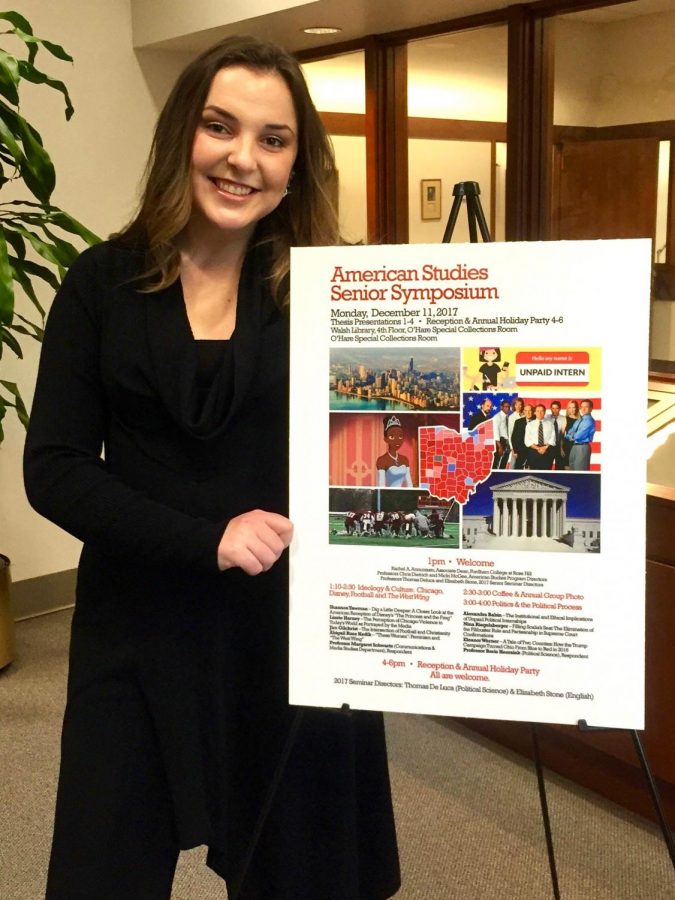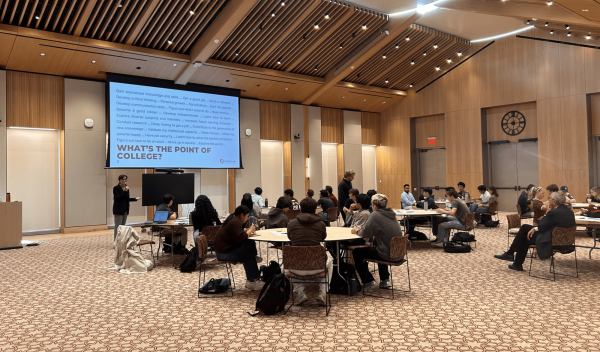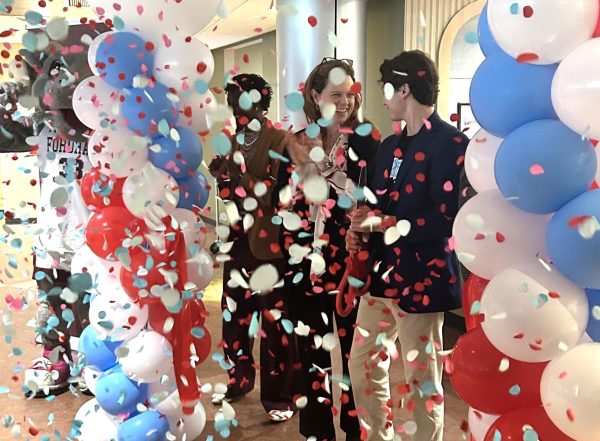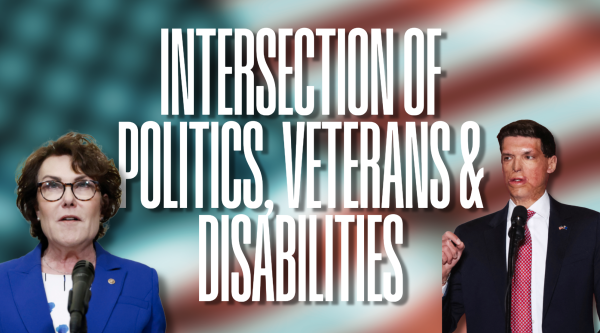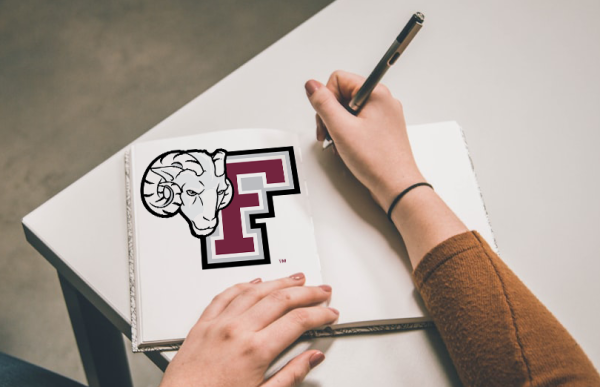Fordham Alumna Researches Racial Interactions in The Princess and the Frog
By Sarah Huffman
Shannon Yawman, FCRH ’18, conducted research last year that explored Disney’s “The Princess and The Frog” and its lack of success compared to other Disney princess movies, specifically ones with princesses of color.
Yawman said she got the idea for the project after being part of the Disney College Program her sophomore year. She said she wanted to buy Tiana merchandise, but the only merchandise they had were Barbie dolls and books. There was no merchandise for adults like most of the other Disney princesses had.
She said she was curious why this was the case. Did Disney not want to spend money on the franchise? Was Tiana not worth it? There were Tiana attractions in the park such as a castle show and the Liberty Bell boat, but neither of these attractions cost money. Yawman said Disney wanted to include her, but not in ways that could possibly lead to financial loss.
“The Princess and the Frog” was written and directed by people that had done other Disney movies. Disney spent as much as they normally did on the creators and other production members for this film.
According to Yawman, it is also important to note that although “The Princess and The Frog” was successful internationally, the film struggled in the United States’ box office.
Yawman said that she could isolate the interaction between white and black people in the film, which she concluded must have contributed to the fact that the film did not do as well in the box office as other Disney princess movies.
She said that in other Disney movies with princesses of color, such as “Moana” and “Mulan”, they exist only in the context of their own race. Yawman calls these racially escapist environments.
In the case of Pocahontas, Yawman said, Native Americans and white people interact, but the white people were British and this occurs hundreds of years before the United States was established. Yawman said that Americans separate themselves from those white people because they are not Americans.
She said Pocahontas had an equal distribution of violence between races because the Native Americans and British fought each other equally.
“The white British men were the villains who initiated the violence, but John Smith’s redemptive arc as the only white character with an American accent, despite it not yet existing in history, absolves the white guilt,” Yawman said.
Yawman said that “The Princess and The Frog” contained interactions between blacks and whites that were closer to what we recognize today: the movie is set in 1920s New Orleans. She said Disney’s average consumers, middle-class white families, relate more to these interactions.

The intended villain of the movie is Dr. Facilier, but Yawman says that Tiana’s villains are the Fenner brothers. They are real estate agents, and Tiana struggles to buy a sugar mill from them. This shows a negative race relation between white characters and a black character.
Yawman said that she was excited to work on this project because no one had commented on this yet. She said she felt like she was pointing out something original and that it was important to note the differences between this movie and other Disney princess movies.
“It’s not as simple as people going out to see movies with princesses of color, such as “Moana”. That is not a sign that everything is okay,” she said.
Yawman completed this project as part of her thesis for her American studies major. She said that she worked on the project for a year in a really long, difficult process.
Yawman said that she has updated her thesis multiple times since turning it in and hopes to continue doing so. She said she is interested to see how Disney continues to respond to the demand for diversity.
According to Yawman, her seminar directors were not supportive of her project because she could not concretely prove what she was saying.
However, she said her peers were supportive and proved they thought the project was interesting by asking questions and encouraging her. She said Dean Annunziato was especially supportive and reminded her to keep going with it.
Yawman said she would advise other students working on research to be original.
“Bureaucracy of academia can be intimidating, but it’s more important to do something original,” she said.
She said ultimately, it is not important what other people think, but rather that you should keep working on what you think is important.





































































































































































































